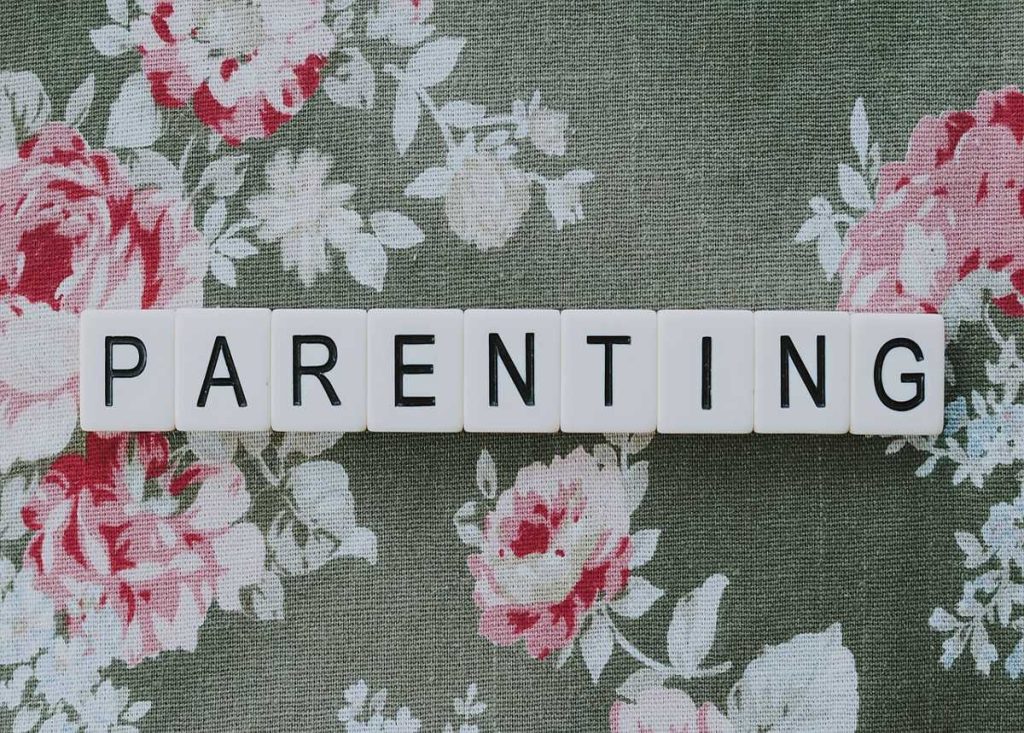Children are naturally curious and often test boundaries as they grow. However, when a child becomes consistently defiant, refusing to follow rules or challenging authority, it can create stress in the home.
Defiant behavior, often seen in children aged 2 to 12, can disrupt family dynamics and lead to frustration for parents and caregivers. Learning how to manage and correct such behavior is crucial for a peaceful environment and the child’s emotional and social development.
This blog will explore various strategies for managing defiance in children, focusing on building a positive relationship, implementing consistent discipline, and understanding the root causes of the behavior.
We will also discuss the importance of communication, setting clear expectations, and how parents can model good behavior. By the end, you’ll have a roadmap to help your child navigate their emotions and behaviors in a healthy way.
Understanding Defiant Behavior

Before diving into how to correct defiant behavior, it’s essential to understand what it is. Defiance can take many forms, from tantrums and ignoring instructions to outright refusal to cooperate.
This behavior may seem like rebellion, but it often stems from deeper issues, such as frustration, lack of attention, or an inability to express emotions.
In some cases, children exhibit defiant behavior as part of their normal developmental stage. Toddlers, for example, often say “no” as they begin asserting their independence. However, when defiance becomes a pattern, it may be a sign of deeper emotional or psychological struggles.
Parents need to recognize when their child’s defiance is beyond typical boundary-testing and when it requires intervention.
Some common signs of defiant behavior include:
- Frequent temper tantrums or emotional outbursts
- Arguing with authority figures (parents, teachers)
- Deliberately annoying others
- Blaming others for their mistakes
- Frequent anger or resentment
- Refusing to follow rules or accept discipline
Step 1: Building a Positive Parent-Child Relationship
The first step in managing defiant behavior is creating a strong, positive relationship with your child. This bond forms the foundation for effective discipline and helps the child feel secure, loved, and understood.
- Spend Quality Time Together: Children often act out when they feel disconnected or neglected. Make time for one-on-one activities that allow your child to feel valued and connected. This could be anything from playing their favorite game to simply talking about their day. The more attention you give them when they are behaving well, the less likely they will be to act out for attention.
- Active Listening: Defiance often arises from a feeling of not being heard. Make sure to listen to your child’s thoughts and feelings without interrupting. Ask open-ended questions to encourage them to share more about their emotions. For example, instead of saying, “Why are you being so difficult?” try, “I see you’re upset. Can you tell me what’s bothering you?”
- Empathy and Understanding: Acknowledge your child’s feelings, even when you don’t agree with their behavior. Phrases like, “I understand that you’re frustrated,” can help the child feel understood and reduce their defiance. Empathy goes a long way in defusing defiant behavior and opening up avenues for productive communication.
Step 2: Set Clear Expectations and Boundaries

Children need structure and boundaries to thrive. When they don’t know what’s expected of them, they can become confused, frustrated, and more likely to act out. Setting clear rules and expectations helps children understand what behavior is acceptable and what isn’t.
- Create Simple and Clear Rules: Set clear rules for the household and ensure your child knows them. Keep the rules simple and age-appropriate. Instead of saying, “Behave yourself,” specify, “No hitting or yelling when you’re angry.” Clear guidelines help the child know exactly what behavior is expected of them.
- Consistency is Key: Once rules are established, it’s essential to be consistent in enforcing them. Inconsistent enforcement confuses the child and encourages more defiant behavior, as they may think they can get away with breaking the rules. Make sure all caregivers are on the same page when it comes to discipline.
- Offer Choices: Children crave autonomy, and offering them choices can reduce defiance by giving them some control. For example, instead of saying, “Clean your room now,” try, “Would you like to clean your room before or after dinner?” Offering choices makes them feel empowered while still holding them accountable.
- Use Visual Aids: For younger children, visual aids such as charts or checklists can be helpful. For example, you can create a daily routine chart that outlines when it’s time for homework, play, or bedtime. This visual reminder helps the child stay on track and understand the expectations.
Step 3: Implement Positive Discipline Techniques
Discipline doesn’t have to be harsh to be effective. Positive discipline focuses on guiding the child’s behavior rather than punishing them. This approach helps children learn from their mistakes and develop self-discipline over time.
- Praise Good Behavior: Reinforce good behavior with praise. When your child follows the rules or behaves well, acknowledge it with specific praise, such as, “I really appreciate how you listened to me without arguing today.” Positive reinforcement motivates children to repeat the behavior that earned them praise.
- Use Natural Consequences: Instead of imposing arbitrary punishments, allow your child to experience the natural consequences of their actions. For example, if they refuse to wear their coat on a cold day, they will feel cold. These natural consequences teach children cause and effect, helping them understand the importance of making good decisions.
- Time-Outs with Reflection: Time-outs are a common discipline technique, but they should be used as a time for the child to calm down and reflect, not just as punishment. After the time-out, talk to your child about what happened and why their behavior was unacceptable. Ask them how they could handle the situation differently next time.
- Loss of Privileges: If defiant behavior continues, taking away privileges, such as screen time or a favorite toy, can be effective. However, make sure the consequence is related to the behavior and is enforced immediately. For example, if your child refuses to do their homework, they might lose TV privileges for the evening.
Step 4: Communication is Key
Effective communication is crucial when managing defiant behavior. When children feel that they can express themselves openly, they are less likely to act out. Encourage a two-way dialogue that promotes mutual respect and understanding.
- Avoid Power Struggles: Power struggles can escalate defiant behavior. Instead of engaging in a battle of wills, remain calm and assertive. Acknowledge your child’s feelings but stand firm in your expectations. For example, if your child refuses to clean their room, you can say, “I understand you don’t want to clean right now, but the room still needs to be tidied before you can go outside.”
- Use “I” Statements: When addressing defiant behavior, avoid accusatory language. Instead, use “I” statements to express how their behavior affects you. For example, say, “I feel frustrated when you don’t listen to me,” rather than, “You never listen.”
- Problem-Solving Together: Instead of simply dictating what your child should do, involve them in problem-solving. Ask them how they can contribute to solving the issue. For example, if they are having trouble sharing with siblings, ask, “How do you think we can make sharing easier?”
- Be a Role Model: Children often mirror the behavior of their parents. Demonstrate patience, respect, and emotional control in your own behavior, especially during moments of conflict. If you stay calm and composed, your child is more likely to do the same.
Step 5: Address Underlying Issues

Defiant behavior can sometimes be a sign of deeper emotional or psychological challenges, such as anxiety, ADHD, or issues at school. If you’ve tried various discipline techniques without success, it might be time to explore these underlying issues.
- Watch for Patterns: Pay attention to when and where the defiant behavior occurs. Is it more frequent in the morning before school, or after a long day? Identifying patterns can help you pinpoint triggers, such as hunger, fatigue, or stress.
- Seek Professional Help: If defiant behavior persists despite your best efforts, consider seeking help from a child psychologist or therapist. A professional can help identify any underlying conditions and provide strategies for managing behavior more effectively.
- Focus on Emotional Intelligence: Teaching children to recognize and manage their emotions is key to reducing defiance. Encourage them to express their feelings in healthy ways, such as through words, drawing, or physical activity. Teaching emotional intelligence helps children develop self-awareness and improves their ability to cope with frustration.
Conclusion
Managing and correcting defiant behavior in children requires patience, consistency, and a deep understanding of your child’s emotions and needs. By building a positive relationship, setting clear expectations, and implementing effective discipline strategies, you can guide your child toward healthier behavior patterns.
It’s important to remember that defiant behavior is a normal part of childhood development, and every child will test boundaries at some point. However, with the right approach, you can teach your child valuable lessons in self-control, responsibility, and emotional regulation that will benefit them for years to come.
Final Tips for Parents
- Stay Calm: Children feed off the emotional energy of their caregivers. The calmer you remain, the more likely your child will calm down as well.
- Be Patient: Changing defiant behavior takes time. Don’t expect immediate results, but stay consistent in your approach.
- Celebrate Progress: Recognize and celebrate even small improvements in behavior. Positive reinforcement goes a long way in shaping long-term behavior changes.
In the end, managing defiant behavior is about guiding your child to better understand themselves and the world around them. With love, patience, and consistency, you can help your child grow into a well-adjusted individual.

